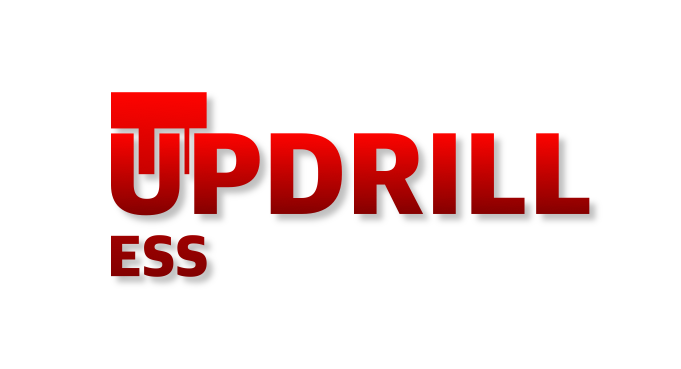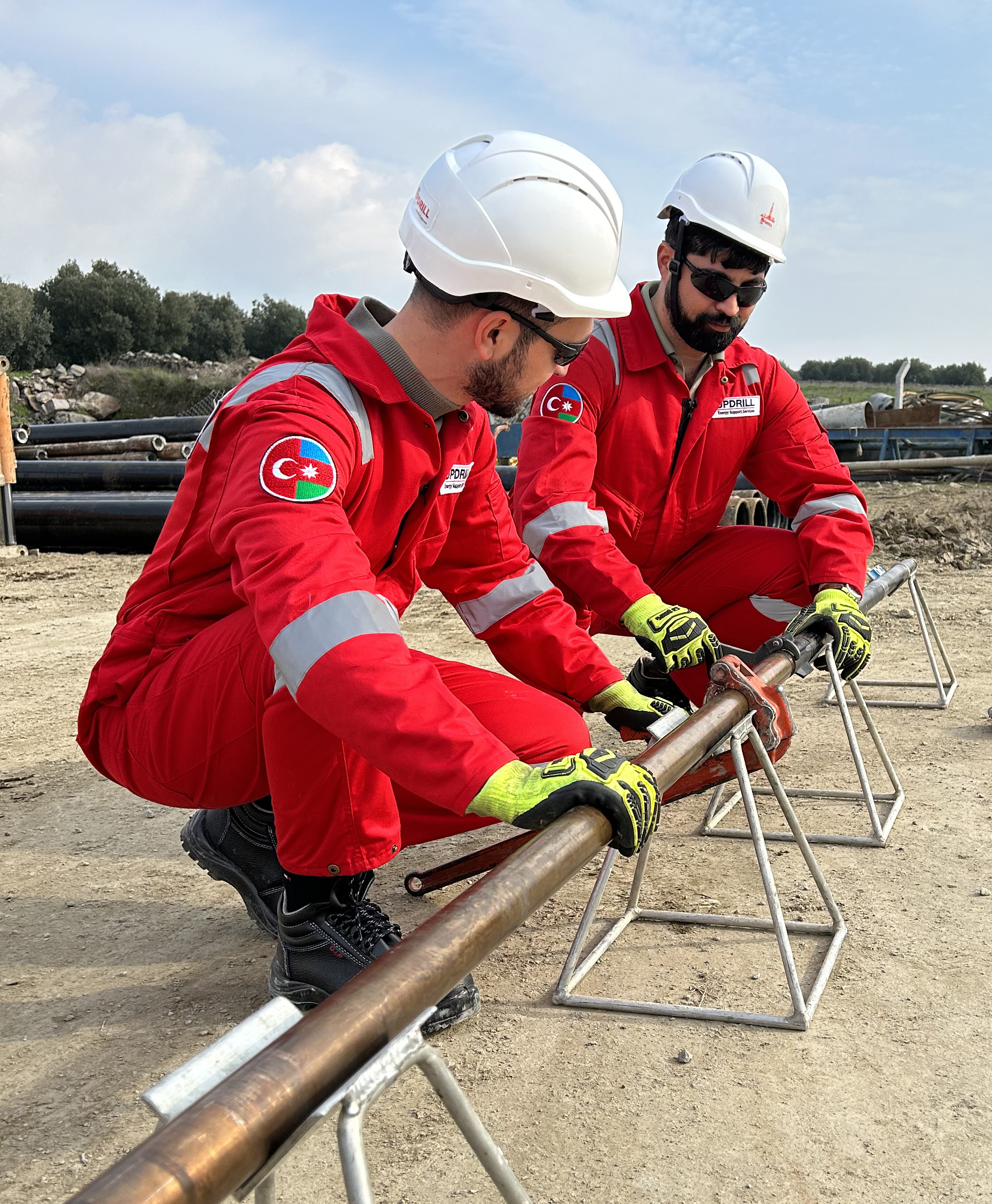In oilfield drilling operations, “wireline logging” is the process that enables the operators to collect data about the formation through which they are drilling. The graphical representation of the geological data acquired in the process is called a log.
Drilling operators generally agree that there are numerous benefits of running LWD technologies over wireline:
LWD tools are heavier, tougher and more robust
The tools acquire data continuously during the drilling operations without interruption (they are transparent to drilling)
Most LWD equipment has no directional logging limitations: the tools can be run in high dog-leg and high inclination angles
Acquired LWD data serves real-time well placement and other decision-making purposes (imagine that you want to remain within, above, and below a specific reservoir while drilling; the only optimal solution is one that will enable your team to steer the well according to the position of the reservoir’s bed boundary)
LWD measurement is as accurate and repeatable as wireline logging
LWD eliminates the need for post-drilling logging, hence saving rig time and cost, and avoiding safety risks associated with operations and well integrity
There is no well trajectory or inclination restriction on running LWD tools: you can acquire data up to your end depth, and at times ahead of the bit in vertical, S-shape, and horizontal wells.
With the emergence of LWD technologies, many people anticipated the death of wireline formation evaluation in drilling operations. However, multiple renowned oilfield service companies continue to invest in wireline technologies to offer both formation logging approaches.

